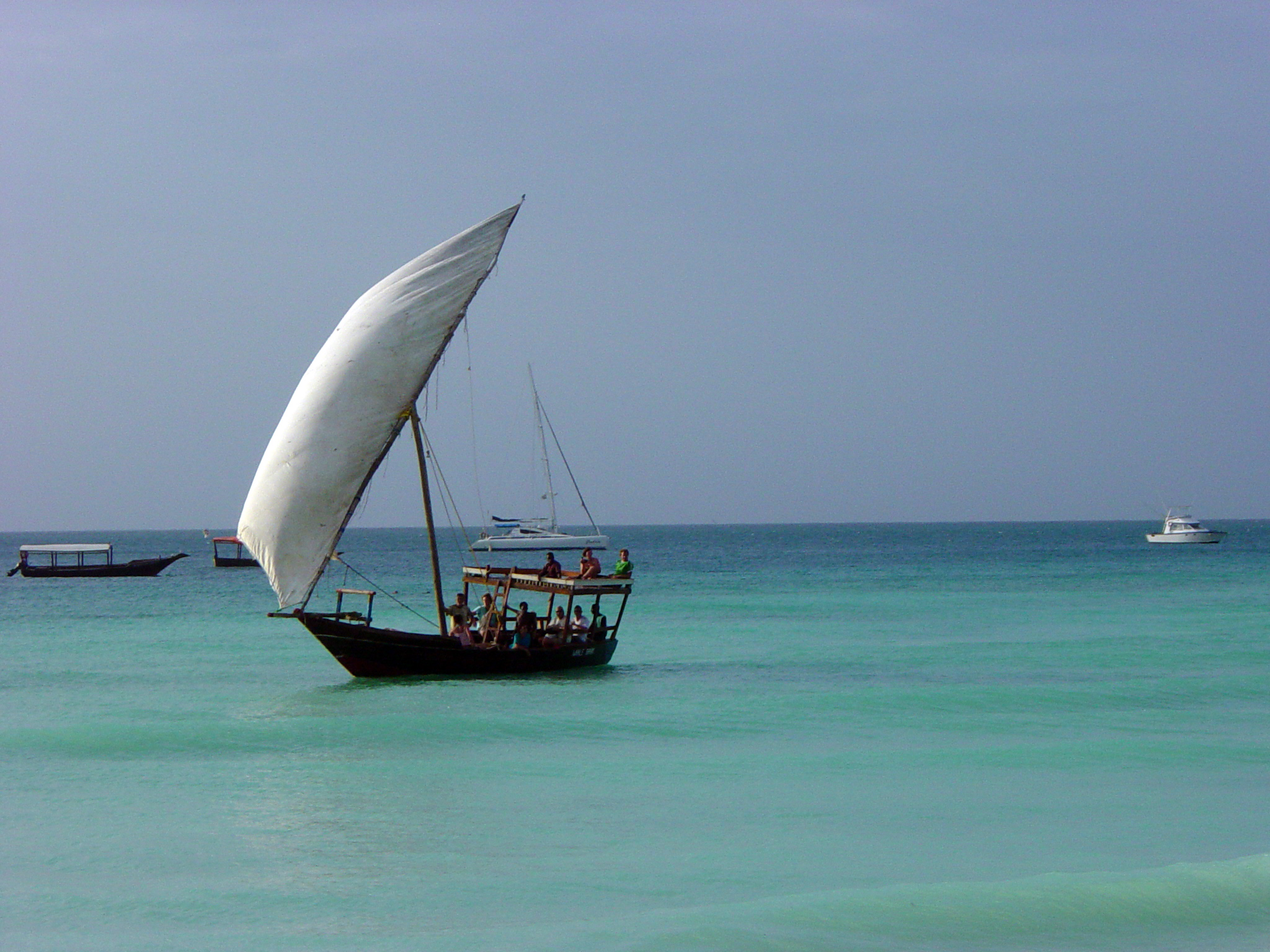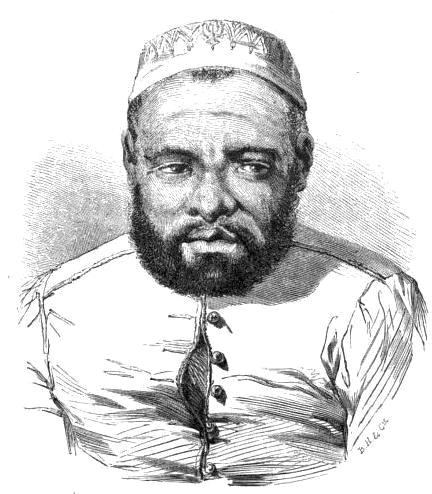|
Msindzano
Masonjoany () (or msindanu or msindzano in Comoros and Mayotte) is a cosmetic paste and sunscreen made of ground wood. It is worn as a protective and decorative mask by women and girls in Madagascar, Comoros, and Mayotte. In Madagascar, the paste has yellow and white forms, with yellow masonjoany being derived from the wood of the tabàky or Madagascar sandalwood ('' Coptosperma madagascarensis''), and white masonjoany deriving from the wood of the aviavy or fihamy tree (''Ficus grevei''). In Comoros, the most commonly used tree for msindzano is Indian sandalwood (''Santalum album''), producing a "canary yellow" paste. The wood is ground against a surface of ceramic, stone, or coral skeleton, and combined with water and oil to make the paste. The practice in Madagascar originates from cultural exchange in Nosy Be between Malagasy natives and Indian merchants, who first arrived to the island in the 11th century CE. Masonjoany is both protective and decorative: women wear it as ... [...More Info...] [...Related Items...] OR: [Wikipedia] [Google] [Baidu] |
Comoros
The Comoros, officially the Union of the Comoros, is an archipelagic country made up of three islands in Southeastern Africa, located at the northern end of the Mozambique Channel in the Indian Ocean. Its capital and largest city is Moroni, Comoros, Moroni. The religion of the majority of the population, and the official state religion, is Sunni Islam. Comoros proclaimed its List of sovereign states by date of formation, independence from France on 6 July 1975. The Comoros is the only country of the Arab League which is entirely in the Southern Hemisphere. It is a member state of the African Union, the ''Organisation internationale de la Francophonie'', the Organisation of Islamic Co-operation, and the Indian Ocean Commission. The country has three official languages: Shikomori, French language, French and Arabic. At , the Comoros is the third-smallest African country by area after São Tomé and Príncipe and Seychelles. In 2019, its population was estimated to be 850,886. ... [...More Info...] [...Related Items...] OR: [Wikipedia] [Google] [Baidu] |
Culture Of Mayotte
The culture of Mayotte is characterized by the diversity of the cultural practices of its inhabitants (256,518, 2017 estimate). Mayotte's culture is the result of crossings of populations for centuries,https://www.culture.gouv.fr/content/download/195793/file/MusiquesdeMayotte.pdf?inLanguage=fre-FR it is the result of a very rich mixture. This mixture is reflected in the music, song and dance. The island has a great musical and choreographic tradition linked to Arab-Muslim culture. The Mahorese culture is also close to the Sakalava culture (North West of Madagascar). Kibushi, a language of Malagasy origin, is the mother tongue of approximately 30% of the population, Mayotte thus representing the most western territory of the Austronesian linguistic and cultural area. Recent archaeological work has demonstrated the historical presence of these traditions from the ninth century, and again in the twelfth century in the graves (Accoua and civilization of Dembeni), or in everyday ... [...More Info...] [...Related Items...] OR: [Wikipedia] [Google] [Baidu] |
Santalum Album
''Santalum album'' is a small tropical tree, and the traditional source of sandalwood oil. It is native to Indonesia (Java and the Lesser Sunda Islands), the Philippines, and Western Australia. It is commonly known as the true sandalwood, white sandalwood, or Indian sandalwood. It was one of the plants exploited by Austronesians, Austronesian arboriculture and it was introduced by Austronesian sailors to East Asia, Mainland Southeast Asia and South Asia during the ancient spice trade, becoming Naturalisation (biology), naturalized in South India by at least 1300 BCE. It was greatly valued for its fragrance, and is considered sacred in some religions like Hinduism. The high value of the species has caused over-exploitation, to the point where the wild population is vulnerable to species extinction, extinction. Indian sandalwood still commands high prices for its essential oil owing to its high alpha santalol content, but the lack of sizable trees has essentially eliminated its form ... [...More Info...] [...Related Items...] OR: [Wikipedia] [Google] [Baidu] |
Malagasy Woman (26905387615)
Malagasy may refer to: *Someone or something from Madagascar *Malagasy people *Malagasy language *Malagasy Republic The Malagasy Republic (, ) was a state situated in Southeast Africa on the island of Madagascar. It was established in 1958 as an autonomous republic within the newly created French Community, became fully independent in 1960, and existed un ... *Related to the culture of Madagascar See also * Madagascar (other) {{disambiguation Language and nationality disambiguation pages ... [...More Info...] [...Related Items...] OR: [Wikipedia] [Google] [Baidu] |
Dermatitis
Dermatitis is a term used for different types of skin inflammation, typically characterized by itchiness, redness and a rash. In cases of short duration, there may be small blisters, while in long-term cases the skin may become thickened. The area of skin involved can vary from small to covering the entire body. Dermatitis is also called eczema but the same term is often used for the most common type of skin inflammation, atopic dermatitis. The exact cause of the condition is often unclear. Cases may involve a combination of allergy and poor venous return. The type of dermatitis is generally determined by the person's history and the location of the rash. For example, irritant dermatitis often occurs on the hands of those who frequently get them wet. Allergic contact dermatitis occurs upon exposure to an allergen, causing a hypersensitivity reaction in the skin. Prevention of atopic dermatitis is typically with essential fatty acids, and may be treated with moistu ... [...More Info...] [...Related Items...] OR: [Wikipedia] [Google] [Baidu] |
Central Highlands (Madagascar)
The Central Highlands, Central High Plateau, or Hauts-Plateaux are a mountainous biogeographical region in central Madagascar. They include the contiguous part of the island's interior above 800 m (2,600 ft) elevation. The Central Highlands are separated from the Northern Highlands of the northern tip of Madagascar by a low-lying valley, the Mandritsara Window, which has apparently acted as a barrier to dispersal for species in the highlands, leading to species pairs such as ''Voalavo gymnocaudus'' and '' Voalavo antsahabensis'' in the Northern and Central Highlands. Species restricted to the Central Highlands include the bats '' Miniopterus manavi'' and '' Miniopterus sororculus''; the rodents '' Brachyuromys betsileoensis'' and ''Voalavo antsahabensis''; the tenrecs '' Hemicentetes nigriceps'' and '' Oryzorictes tetradactylus''; and the lemur '' Cheirogaleus sibreei''. Because of the continuous habitat of the Central Highlands, there is little local endemism, unlike t ... [...More Info...] [...Related Items...] OR: [Wikipedia] [Google] [Baidu] |
Toliara
Toliara (also known as ''Toliary'', ; formerly ''Tuléar'') is a city in southern Madagascar. It is the capital of the Atsimo-Andrefana region, located 936 km southwest of the national capital Antananarivo. The current spelling of the name was adopted in the 1970s, reflecting the orthography of the Malagasy language. Many geographic place names, assigned French spellings during the colonial period, were altered following Malagasy independence in 1960. The city has a population of 168,758 in 2018. As a port town it acts as a major import/export hub for commodities such as sisal, soap, hemp, cotton, rice and peanuts. History In the 17th century, French buccaneers landed in the bay of St. Augustine near the Tropic of Capricorn, and founded the city to maintain commercial relations. It was not until the colonial period, after 1897, when the city really grew: with the efforts of Joseph Gallieni to install French administrative services, previously isolated on the island of N ... [...More Info...] [...Related Items...] OR: [Wikipedia] [Google] [Baidu] |
Antsiranana Province
Antsiranana is a former province of Madagascar with an area of 43,406 km2. It had a population of 1,188,425 (July 2001). Its capital was Antsiranana. A diversity of ethnic groups are found in the province, including Anjoaty, Sakalava, Antakarana, Tsimihety, Antemoro, Betsimisaraka, Antandroy, etc. History A major battle took place at Diego-Suárez (now Antsiranana), the largest city in Antsiranana Province, in May 1942. "Fierce fighting" in the area saw over 500 Allied casualties. On May 29, Japanese submarine I-10 surfaced off the coast and launched a Nakajima A6M2-N reconnaissance aircraft over the port. Operation Ironclad was relaunched, after being stalled, on June 22 to counterattack, with supporting forces from the East African Brigade Group and later the Rhodesian 27th Infantry Brigade in July. Geography Antsiranana Province bordered Toamasina Province to the southeast and Mahajanga Province to the southwest. The province has been described as being "virtually is ... [...More Info...] [...Related Items...] OR: [Wikipedia] [Google] [Baidu] |
Vezo
The Vezo is a Sakalava Malagasy term for ''Bajo'', the semi-nomadic maritime or sea people from Central–Eastern Indonesia (esp. Flores Sea) who settled in southern Madagascar. They speak a variety of Malagasy language, Malagasy dialect continuum, part of the larger Austronesian languages, Austronesian. They currently populate most of the littoral zone along Madagascar's west coast between Toliara and Mahajanga. "Vezo" literally means 'the people who fish', but also has been known to mean 'to struggle with the sea'.Kaufmann Ethnic identity Vezo do not identify with a particular ethnic groups of Madagascar, Malagasy ethnic group but instead with their way of life.Rita Astuti They currently populate most of the littoral zone along Madagascar's west coast between Toliara and Mahajanga. Like most other Malagasy ethnic groups, their origins can directly be traced to that original mix of Austronesian settlers from Asia and the Bantu migrants from mainland East Africa with Arab-Persian ... [...More Info...] [...Related Items...] OR: [Wikipedia] [Google] [Baidu] |
Sakalava
The Sakalava are an ethnic group of Madagascar. They are primarily found on the western edge of Madagascar from Toliara in the south to the Sambirano River in the north. The Sakalava constitute about 6.2 percent of the total population, or about 2,079,000 in 2018. Their name means "people of the long valleys." Ethnic identity The Sakalava are a number of smaller ethnic groups that once comprised an empire, rather than an ethnic group in its own right. The origin of the word ''Sakalava'' itself is still subject to controversy, as well as its actual meaning. The most common explanation is the modern Malagasy translation of Sakalava meaning long ravines, denoting the relatively flat nature of the land in western Madagascar. Another theory is that the word is possibly from the Arabic '' saqaliba'', which is in turn derived from Late Latin ''sclavus'', meaning slave. History Sakalavas are considered to be a mix of Austronesian and Bantu peoples. Austronesian peoples from variou ... [...More Info...] [...Related Items...] OR: [Wikipedia] [Google] [Baidu] |







